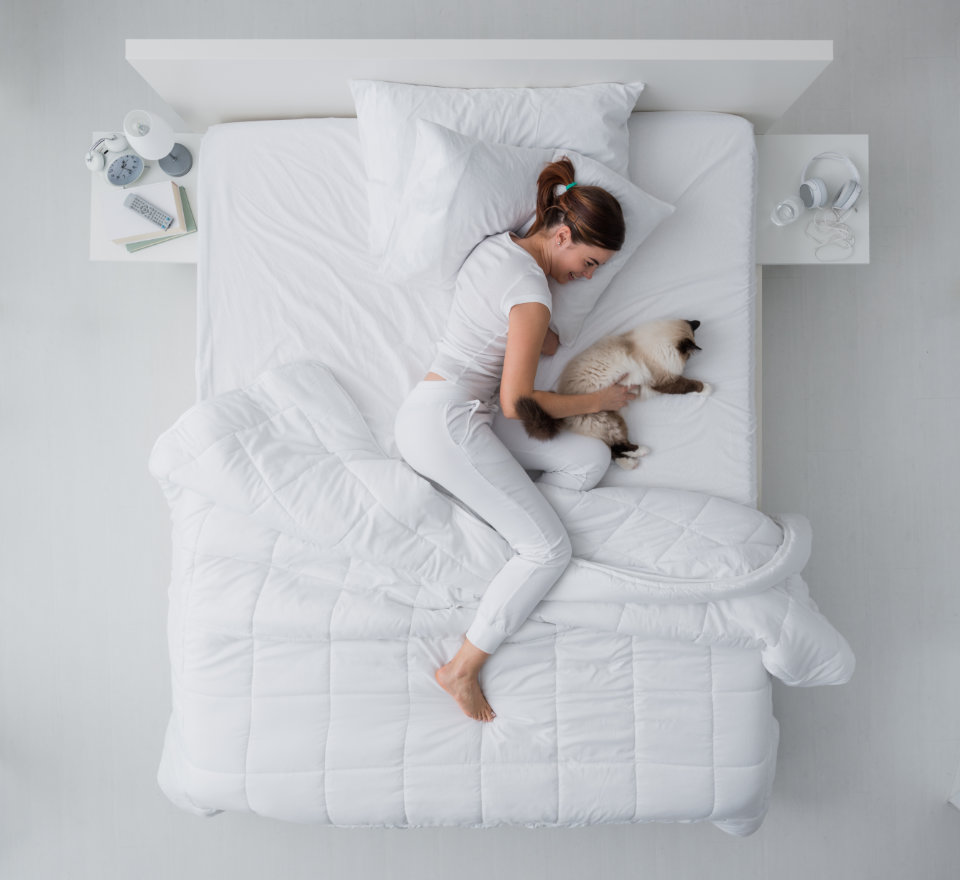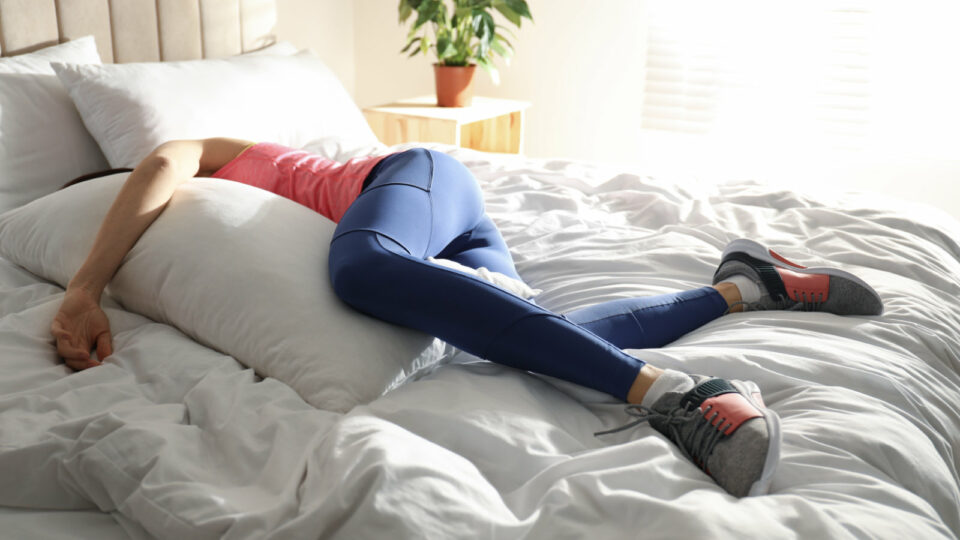When choosing the right bed size, many runners find themselves confused by the terms “double” and “full.” The truth is, they’re the same size—54 inches wide by 75 inches long. The difference mainly lies in regional terminology, with “full” being more common in modern bedding descriptions.
For runners who need rest and recovery, a full or double bed offers more space than a twin, making it ideal for solo sleepers or athletes in need of more room to stretch out. While it can accommodate two people, it might feel a bit tight for couples who prefer extra space. If you’re looking for more comfort, a queen or king-sized bed offers the additional width and length that can help you sleep soundly after a long run.
Choosing the right bed size depends on your room layout, personal preferences, and how much space you need for rest. Double beds from Bedkingdom and other retailers offer a variety of options to suit different needs, but be sure to consider both the mattress size and bed frame dimensions to create the perfect recovery spot.
Table of Contents for Double Bed vs. Full Bed
Key Takeaways
- Double and full beds are identical in size, measuring 54 inches wide by 75 inches long
- This bed size is suitable for single adults but may be tight for couples
- Room dimensions and personal preferences are crucial factors in choosing the right bed size
Dimensions and Sizing
Double beds and full beds have identical dimensions, measuring 54 inches wide by 75 inches long. This size offers more space than a twin bed but less than a queen or king.
1. Understanding Bed Dimensions
A full or double mattress provides 54 inches of width and 75 inches of length. This size is suitable for single adults or smaller couples. Twin beds measure 38 inches wide by 75 inches long, making them 16 inches narrower than full beds.
Queen beds offer more space at 60 inches wide by 80 inches long. King beds are the largest standard size, measuring 76 inches wide by 80 inches long.
For taller individuals, a twin XL mattress provides extra length at 38 inches wide by 80 inches long.
2. Space Considerations in Sleeping Areas
The recommended room size for a full or double bed is 10 feet by 12 feet. This allows space for the bed and additional furniture while maintaining comfortable walkways.
Smaller bedrooms or guest rooms often benefit from full-size mattresses. They offer more sleeping area than twin beds without overwhelming the room like larger sizes might.
For couples or those who prefer more space, a queen or king bed may be more suitable. However, these require larger bedrooms to accommodate their dimensions.
3. Comparing Mattress Sizes for Individual Comfort
Full or double beds are ideal for single sleepers who want extra space to move around. They can comfortably fit most adults but may feel cramped for couples who share the bed long-term.
Twin beds are best suited for children, teenagers, or adults in compact living spaces. They’re often used in dorm rooms or as single beds in shared bedrooms.
Queen and king mattresses offer more room for couples or individuals who prefer spacious sleeping arrangements. These sizes allow for greater comfort and less disturbance from a partner’s movements during sleep.
Personal sleeping preferences and available space should guide the choice between different mattress sizes.

Considerations for Specific Needs
Selecting the right bed size involves evaluating personal requirements, available space, and intended use. Different situations call for specific considerations to ensure optimal comfort and functionality.
1. Choosing the Right Bed for Couples and Singles
Double and full beds offer unique benefits depending on the sleeper. Singles, especially runners, often find full beds spacious and ideal for stretching out after a run or even sharing with a pet.
For couples, space can be a concern. A full bed measures 54 inches wide, which may feel cramped for two adults. Each person gets about 27 inches of personal space – less than a twin bed offers an individual.
Sleeping habits play a crucial role. Active sleepers or those who prefer personal space might find a full bed restrictive for shared use. In such cases, upgrading to a queen-sized bed could be beneficial.
2. Suitability for Guest Rooms and Temporary Accommodations
Full beds excel in versatility for guest rooms and temporary setups. Their compact size fits well in smaller spaces while still accommodating two people comfortably for short periods.
For occasional use, full beds strike a balance between comfort and space efficiency. They’re easier to move and store than larger mattresses, making them ideal for flexible living arrangements.
Guest rooms benefit from full beds as they can host singles or couples without overwhelming the space. This size also leaves room for other furniture, enhancing the room’s functionality.
3. Optimising for Budget and Quality
Full beds often present a budget-friendly option compared to larger sizes. The price difference between full and queen mattresses can be significant, especially when factoring in bedding and bed frames.
| Bed Size | Typical Price Range |
| Full | $300 – $1000 |
| Queen | $400 – $1500 |
Quality shouldn’t be compromised for cost. Investing in a good full mattress can provide comfort comparable to larger sizes at a lower price point.
For growing teenagers or adults on a budget, a full bed offers a cost-effective upgrade from a twin. It provides more space without the higher costs associated with queen or king sizes.
When considering long-term use, evaluate the potential need for a larger bed in the future. Sometimes, spending more initially on a queen-sized bed can be more economical than replacing a full bed later.
Finding the Perfect Bed for Restful Recovery
Double beds and full beds are identical in size, measuring 54 inches wide by 75 inches long, and can be used interchangeably when shopping for mattresses or bedding. This size works well for solo sleepers, including runners or athletes who need a comfortable space to rest after a workout.
However, for couples or taller individuals—especially those who need extra room to stretch out and recover—larger options like queen or king beds may be a better fit. Prioritise comfort and space for optimal recovery, no matter the size.





